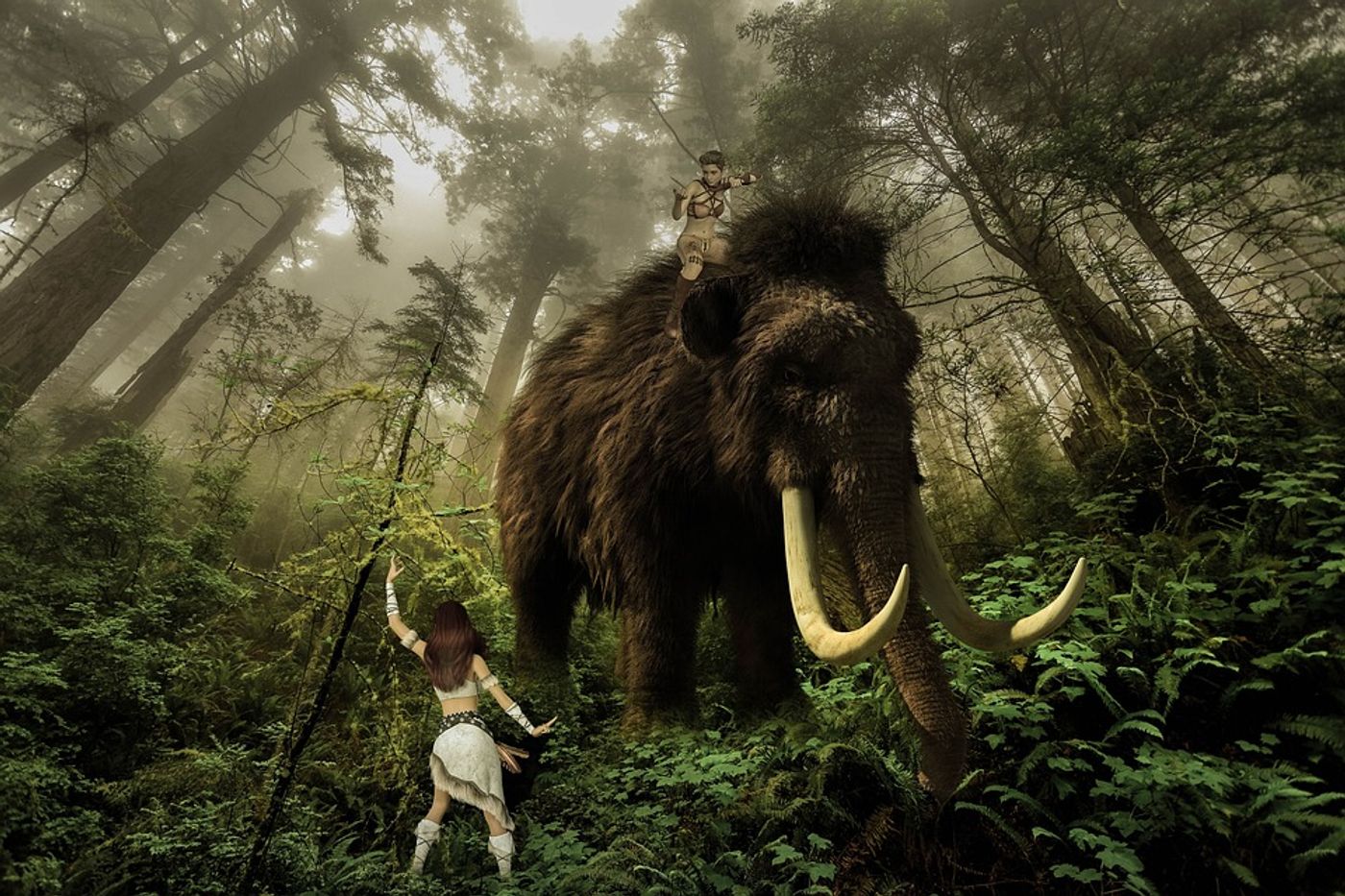Were Neandertals carnivores?
No one really knows what happened to the Neandertals to drive them to extinction, but one theory is that their disappearance is connected to their subsistence strategy. Previous research has provided support for what a Neandertal diet might look like, and many studies argue that European Neandertals likely had a meat-heavy diet.
However, there are some discrepancies with this theory due to available evidence. The best indicators of diet are faunal assemblages and nitrogen isotope analysis, but there are instances were there is poor collagen preservation (and therefore the inability to perform nitrogen isotope analysis). Similarly, there are examples where there are poor faunal assemblages such as coastal marine communities, and puzzeligly there are examples where nitrogen isotope ratios are higher in Neandertal collagen than in other fauna at the same site.
A new study led by Klervia Jaouen from the Max Planck Institute for Evolutionary Anthropology in Germany used zinc isotopic analysis to aid in illuminating our understanding of the Neandertal diet. More specifically, the team studied the diet of Neandertals from the Iberian Peninsula who had previously been thought to consume a plant-heavy diet, unlike Neandertals from other parts of Europe. Due to the poor preservation of bone collagen, nitrogen isotope analysis was not possible on these fossils leaving their specific diet in question.
With zinc isotope analysis—which was used in this study--researchers use tooth enamel which does not degrade like bone collagen. If there are lower proportions of zinc isotopes in the enamel, then that tooth likely belonged to a carnivore. Notably, the analysis was conducted on carnivores like lynxes and wolves and herbivores like rabbits in the same geographical area for comparison, and results follow similar trends conducted in other studies.
Results from this study suggest that the Iberian Neandertals were likely carnivores, and the zinc isotope signature is similar to that of nitrogen isotopes at other Neandertal sites. When compared to other carnivores, however, the Neandertal has the lowest zinc isotope signature which could be due to the specific animal consumed—rabbits have lower zinc levels and zooarchaeological evidence suggests rabbits were consumed at the site—or body parts consumed, as muscle and liver have lower zinc signatures than blood for example.
The successful utilization of zinc isotope analysis here illuminates the Neandertal diet, especially in regards to their meat consumption, and hopefully aids in providing critical evidence for learning more about what happened to this complex ancestor.
Sources: PNAS, Phys.org news









